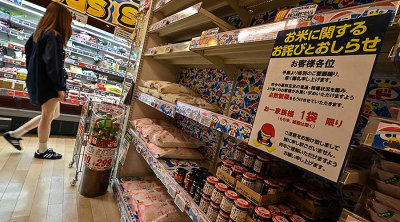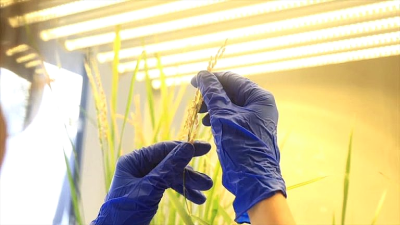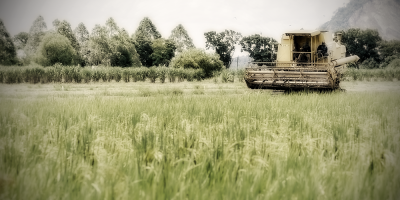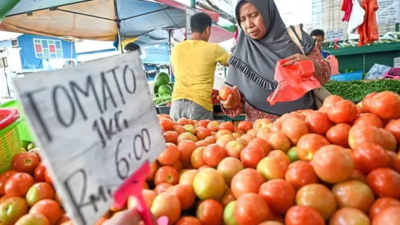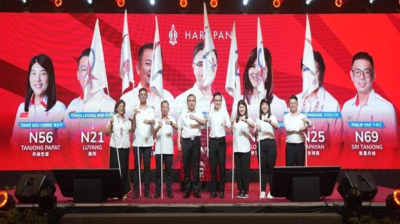
Malaysia is facing what could possibly be the most chronic food shortage since World War II.
The prices of food are escalating while there are shortages and out-of-stock situations in supermarkets.
Flour, sugar, and even vegetables are next.
Padiberas Nasional Bhd (Bernas) just increased the price of imported rice by more than 36 percent from RM2,350 per ton to RM3,200 per ton.
A number of reasons have been given for this, which includes climate change, war, disrupted international supply chains, India’s ban on white rice exports and so on.
Even though Thai production this year has taken a hit with a drop by 871,000 tons, the price of Thai Hom Mali Rice is still RM1,817.83 per ton.
It would have been better for Bernas to consider the interests of Malaysian consumers a bit more before signaling the massive price rise.
Policy and other structural factors
However, there are a number of long-term policies and structural factors that are contributing to the looming food crisis in Malaysia.
Malaysia is supposedly 65 percent self-sufficient in its domestic requirements. This means 35 percent of Malaysia’s domestic rice requirements are imported.
The local rice is primarily produced by smallholders across the country’s rice growing areas. However, due to the nature of inheritance laws, land plots are shrinking, and many families are unable to cooperate in land sharing agreements. Consequently, there is a large amount of unused paddy land around the country.
Paddy farming is not attractive to farmers. Malaysia’s rush to industrialization and higher education has made paddy farming extremely unattractive.
There are shortages of labor in many rice growing areas, and the harvest through to processing and sale is looked after by contractors who most often pick up the bulk of subsidies.
Rice yields have been declining over the years. Paddy fields with two harvests could obtain 10-12 tons per year. This has dropped to between 4-6 tons, as contractors just don’t have the TLC necessary to be farmers. They cut corners, under-report yields, and are just too rushed to do a good job on most land plots.
Farmers don’t have much choice with their small plots of land, which are a headache for contractors to unload and load harvesters into fields for only one- or two-acre jobs.
There are a number of reforms that could be undertaken through forming cooperatives to effectively make land a much larger workable plot, where some of the mechanization and milling could be undertaken by the coops themselves.
In addition, farmers could cultivate other varieties of rice that are worth much more in the market. However, they are forbidden to do that through existing regulations.
The whole nature of how paddy farming is undertaken, processed, and distributed needs a thorough review.
Farmers, or at least farmer cooperatives, should be allowed to engage in the value-added production of specialized rice varieties. This would enable farmers to receive much more than the standard RM1,825 per ton.
The controlled price system is causing havoc with the market. The controlled price of RM2.80 per kilogram squeezes profits through the distribution chain. This is why much of the local rice being produced is re-labeled as imported rice and sold at a premium of RM3.80 per kilogram, allowing a greater profit margin.
This creates a scarcity of local rice which won’t signal farmers to produce more due to the marginal returns they are making. Millers and wholesalers can falsely label rice as packaging enforcement is weak.
Firms within the rice industry look for ways to bypass controlled pricing, leading to shortages. This follows what has been happening to the poultry and egg markets over the last couple of years. Firms want to maximize the prices they receive to increase their profits.
Price controls don’t work when conditions are not stable. Controlled prices will just bring shortages and hoarding. People have to end up buying “imported rice” at higher prices anyway.
Then there is the issue of rice import monopoly by Bernas.
An open market will bring more competitive pricing, where prices will tend to go down to the locally produced rice pricing structures.
Consumers will win, and small entrepreneurs will benefit by competing in the imported rice market. There are no market reasons why rice should not be a freely traded commodity.
The biggest problem has been the ineptitude of the civil service. Since 2007-08 when there was a food crisis scare, the ministry of agriculture, 10MP, 11MP, and 12MP have not provided any solutions to the problem.
There has been talk of this and that, a test of Large Scale Smart Padi Fields (SBB Smart), but no real solutions have been found. The government has gone no further than identifying the problem, and adapting to the existing policy framework and regulations.
This where the real innovation is needed. New ideas. However, existing policy frameworks, think tanks, and agricultural research institutions have not passed new ideas that someone in the bureaucracy can grab and turn into a reform model for Malaysia’s rice industry.
Those baby-boomer civil servants and researchers have now retired, leaving the next generation without the right direction to go.
It’s time to look at paddy farming through the rest of ASEAN and bring the best ideas home.
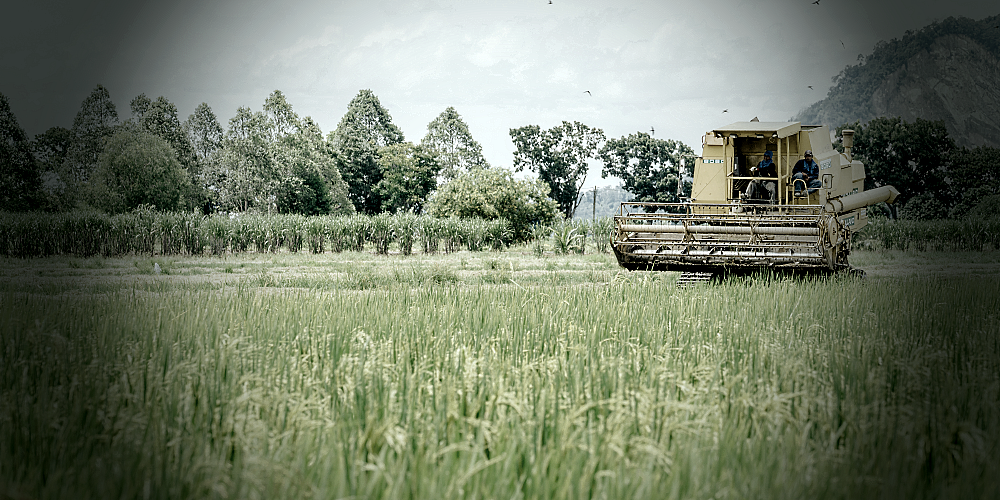
(Murray Hunter has been involved in Asia-Pacific business for the last 40 years as an entrepreneur, consultant, academic and researcher. He was an associate professor at Universiti Malaysia Perlis.)
ADVERTISEMENT
ADVERTISEMENT







